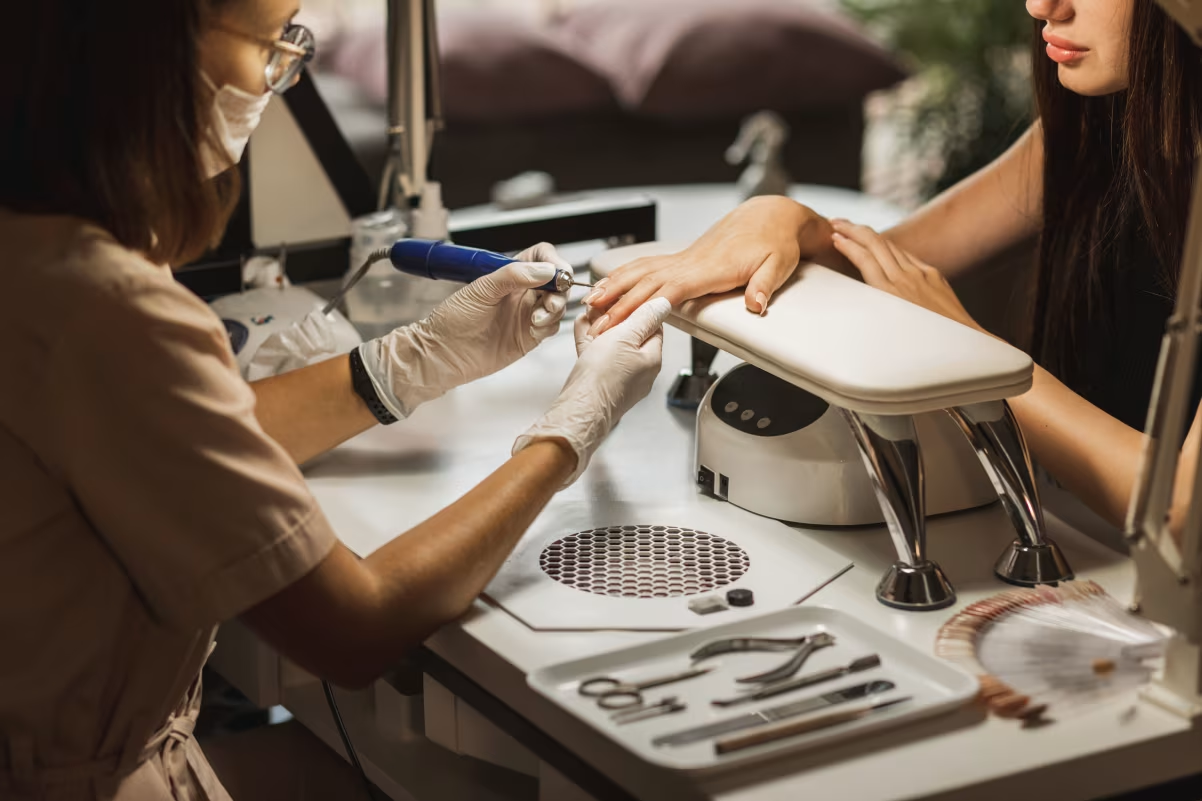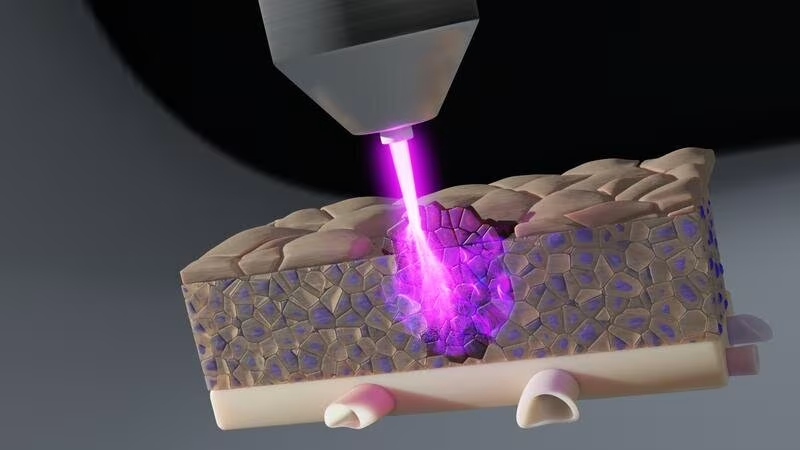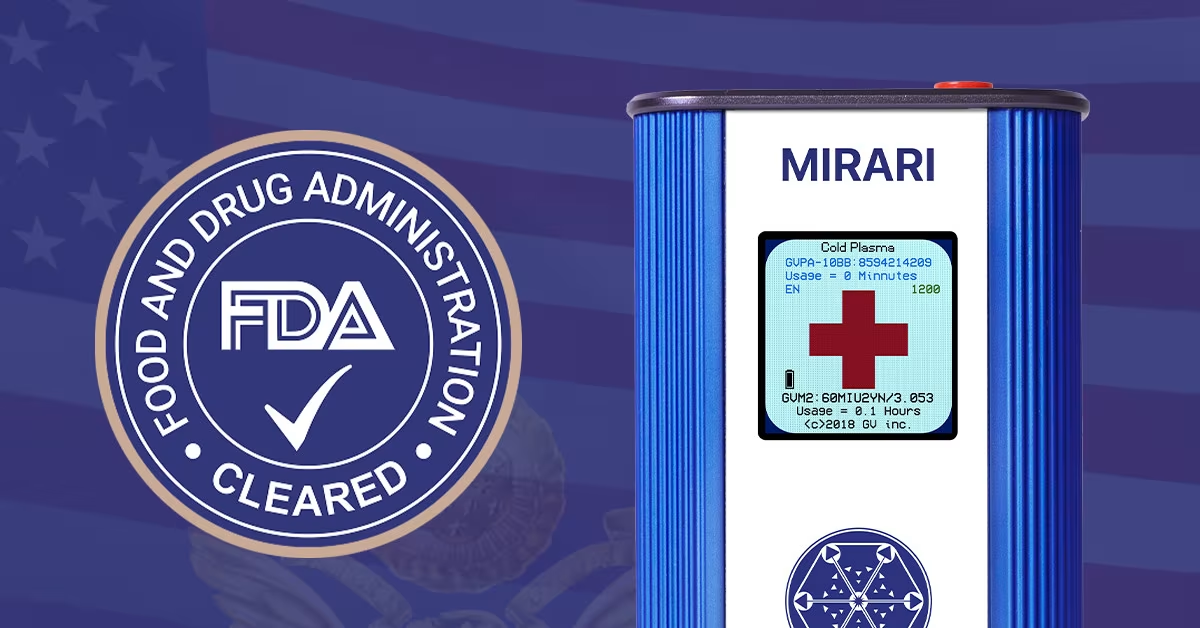
New Regulation Targets Popular Gel Manicure Ingredient
European regulators have pulled the trigger on a comprehensive ban affecting thousands of nail salon products across the continent. The restriction, which took effect earlier this week, prohibits trimethylbenzoyl diphenylphosphine oxide (TPO) from all cosmetic formulations.
The chemical compound serves as a photoinitiator in gel nail products, triggering the hardening process when exposed to UV lamps. Its widespread use has made it a cornerstone ingredient for professional salons offering long-lasting manicures.
Critical Implementation Timeline
The European Commission formally adopted Regulation (EU) 2025/877, known as the Omnibus Act VII, on May 12, 2025. The regulation appeared in the Official Journal of the European Union the following day, setting a firm deadline for industry compliance.
September 1, 2025 marked the official enforcement date across all EU member states. Notably, regulators provided no transition period—an unusual move that caught many manufacturers off guard. Products containing TPO became immediately illegal to sell, distribute, or use, regardless of their production date.
Decade-Long Regulatory Journey
The path to prohibition began in July 2012 when TPO first received classification as a Category 2 CMR (carcinogenic, mutagenic, or toxic for reproduction) substance. Initially, the Scientific Committee on Consumer Safety deemed TPO safe at 5% concentration for professional use in March 2014.
The regulatory landscape shifted dramatically in June 2020 when Sweden raised fresh concerns about reproductive toxicity. By September 2021, authorities reclassified TPO as a Category 1B CMR substance—a more severe designation indicating probable human reproductive toxicity based on animal evidence.
October 2023 saw this classification formalized through Regulation (EU) 2024/197, paving the way for the comprehensive ban implemented this year.
Animal Studies Raise Red Flags
European Commission officials designated TPO as a reproductive toxicant following concerning laboratory findings. Research on animals revealed testicular abnormalities and diminished fertility rates at certain exposure levels.
David Andrews, acting chief science officer at the Environmental Working Group, emphasizes that salon workers face the highest exposure risks. “Professionals applying these products daily encounter significantly more TPO than occasional customers,” he notes.
Industry Scrambles for Alternatives
The prohibition has forced manufacturers into rapid reformulation mode. Kelly Dobos, a cosmetic chemist at the University of Cincinnati, explains that several brands had already begun exploring substitute photoinitiators before the ban.
“The technology exists to create effective gel polishes without TPO,” Dobos confirms. “Consumers should understand this isn’t an outright gel polish prohibition—it’s a targeted restriction on one specific compound.”
The immediate implementation without transition period means retailers must remove existing inventory from shelves. Products manufactured before September 1, 2025, receive no grandfathering exemption—a stricter approach than typical cosmetic regulations.
Different Routes of Exposure Matter
While animal studies showed concerning effects through ingestion, experts stress that typical nail polish application presents a different exposure scenario. Dobos points out that laboratory animals consumed the chemical directly, whereas human contact occurs primarily through topical application.
“Nobody’s eating nail polish,” she explains. “The exposure pathway matters tremendously when evaluating real-world risk levels.”
Global Regulatory Divide Widens
The European approach contrasts sharply with American regulatory philosophy. The FDA currently permits TPO in cosmetic formulations, requiring manufacturers to ensure product safety without pre-market approval for most ingredients.
The United Kingdom plans to implement its TPO ban on December 31, 2026, giving manufacturers additional time to reformulate compared to the EU timeline. Meanwhile, the United States maintains no federal restrictions on TPO use.
Interestingly, Morocco has synchronized its regulations with Europe, implementing an identical TPO ban effective September 1, 2025. This coordination reflects growing international concern about the chemical’s safety profile.
Andrew Nixon, spokesperson for the US Department of Health and Human Services, confirms that cosmetic companies bear legal responsibility for their products’ safety. “The FDA can take action against harmful cosmetics, but we don’t require ingredient pre-approval like Europe does.”
What Salon Customers Should Know
Doug Schoon, chair of the Nail Manufacturer Council on Safety, wants to dispel misconceptions about the ban’s scope. “Gel polish remains completely legal and available throughout Europe,” he clarifies. “Manufacturers simply need to use approved alternative ingredients.”
Customers concerned about TPO exposure have several options. They can inquire about specific products used at their salon, seek out TPO-free formulations, or opt for traditional nail polish that doesn’t require UV curing.
State-Level Action May Follow
Although federal prohibition seems unlikely, individual states might adopt similar restrictions. California has already established precedent, banning 26 cosmetic chemicals last year including several nail product ingredients.
The divergence between EU and US regulations creates challenges for international beauty brands. Companies must now maintain separate product lines for different markets, potentially increasing costs for consumers in regulated regions.
Moving Forward
Salon professionals and frequent gel manicure enthusiasts shouldn’t panic about past exposure. The transition to TPO-free formulations is already underway, with multiple manufacturers developing effective alternatives.
Traditional nail polish, used safely since the 1920s, remains a viable option for those preferring to avoid photoinitiators entirely. As Dobos notes, “Sometimes the classic approach works just fine.”
The swift implementation without transition period sends a clear message about European regulators’ commitment to consumer safety. As the beauty industry adapts to these new restrictions, consumers can expect to see more TPO-free options entering the market in coming months.
Related articles
Made in USA












